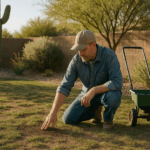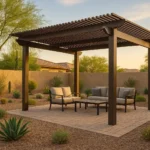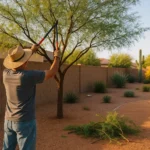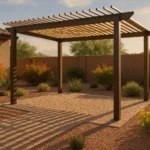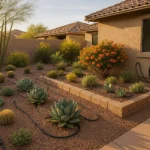Every Gilbert homeowner knows that a lush, green lawn is a source of pride. But what do you do when your cherished turf shows signs of distress? May, with its warming temperatures and optimal growing conditions, is the prime time for lawn repair. If you’re facing lawn trouble, take heart. It’s time to roll up your sleeves and get your yard back in shape.
Understanding Common Lawn Problems
Before we delve into the solutions, let’s first understand the common problems that plague lawns in Gilbert. One major issue is patches of dead grass, often a result of heavy foot traffic, pest infestations, or disease. Your lawn might also struggle with yellowing, a symptom of nutrient deficiency or overwatering. Lastly, you might contend with weed invasion, which can choke your grass and rob it of essential nutrients.
Knowing the root cause of your lawn trouble is the first step to effective repair. Therefore, take the time to inspect your lawn and identify the issues. Once you understand what’s wrong, you can take targeted steps to restore your lawn’s health and vitality.
Reviving Patchy Lawns
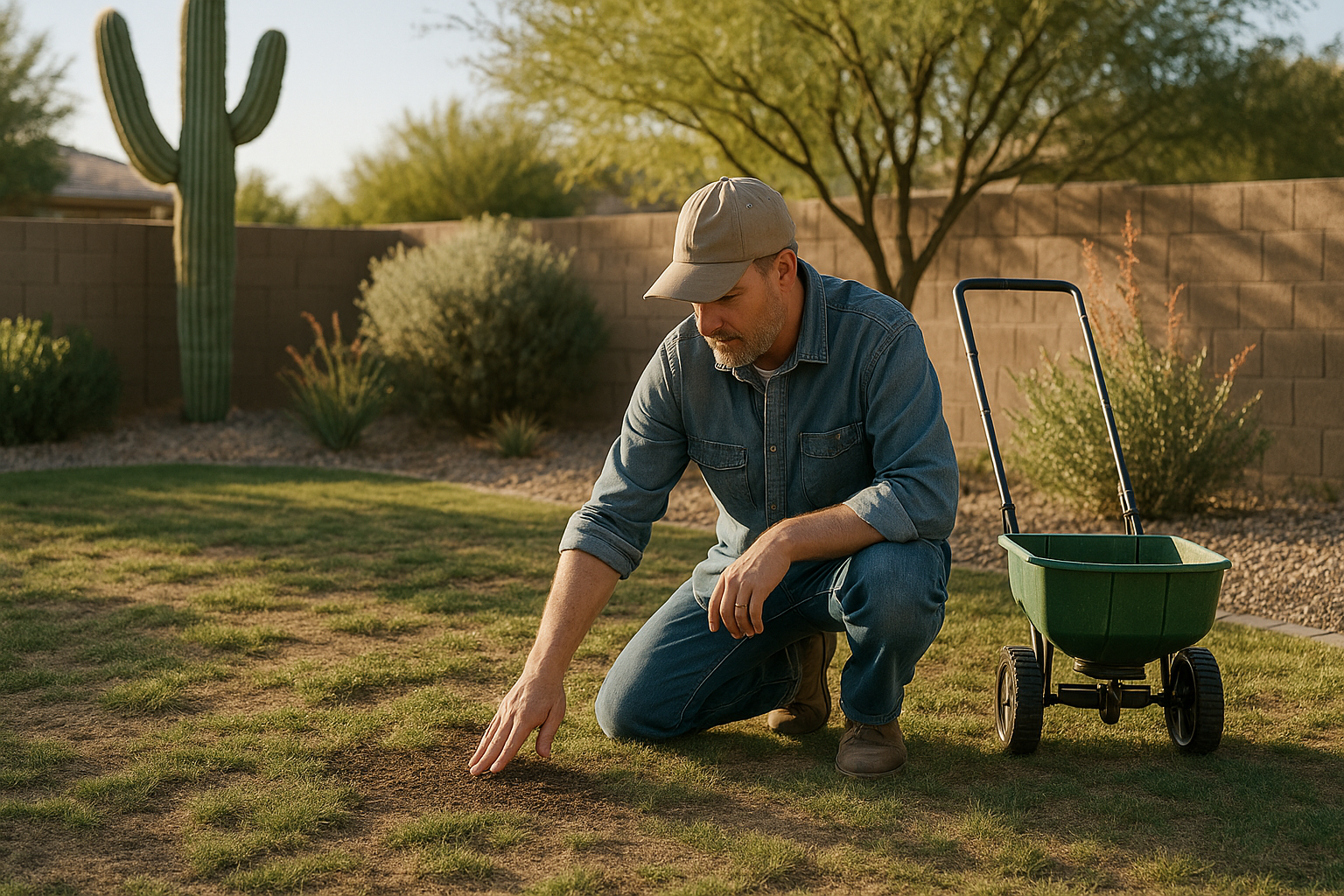
Patchy lawns can be an eyesore, but with a bit of effort, you can restore them to their former glory. Start by raking the area to remove dead grass and loosen the top layer of soil. Next, spread grass seed evenly over the area, ensuring you use a type that’s suitable for Gilbert’s climate. Water the seeds lightly and regularly to encourage germination. Remember, the goal is to keep the soil moist but not waterlogged.
For larger patches, you may need to consider sod installation. Though it requires a more significant upfront investment, sod provides an instant lawn and is particularly useful for erosion-prone areas. Whichever method you choose, remember to keep foot traffic to a minimum until the new grass is well-established.
Addressing Yellowing Grass
Yellowing grass is often a sign of nutrient deficiency, specifically a lack of nitrogen. The solution is to apply a nitrogen-rich fertilizer that will replenish the soil’s nutrient content. Be sure to water your lawn after fertilizing to help the nutrients penetrate the soil. If your lawn remains yellow despite proper fertilization, the problem might be overwatering. In this case, adjust your irrigation schedule to avoid waterlogging your turf.
It’s also worth noting that iron deficiency can cause yellowing, especially in alkaline soils common in Gilbert. If this is the case, use an iron supplement to correct the issue. However, do this sparingly as too much iron can harm your lawn.
Controlling Weed Invasion
Weeds can be a significant nuisance, competing with your grass for nutrients, sunlight, and space. The first step in controlling weeds is to maintain a healthy lawn. Remember, a dense, well-fertilized lawn leaves little room for weeds to thrive. However, if weeds have already invaded, the best approach is a combination of manual removal and herbicide application. Be sure to use a selective herbicide that will kill the weeds without harming your grass.
Keep in mind that some weeds are a sign of specific lawn issues. For instance, nutgrass often indicates overwatering, while clover could mean your lawn is nitrogen deficient. By addressing these underlying issues, you’ll make your lawn less hospitable to weeds.
Maintaining Your Lawn’s Health
Once your lawn is back to health, ongoing maintenance is key to keeping it that way. Regular mowing, watering, and fertilizing are crucial, but don’t overlook the importance of aeration. This process, best done in the cooler months, helps oxygen, nutrients, and water reach the grass roots more easily. It also aids in breaking up compacted soil and promoting healthier root growth.
If you’re unsure about any aspect of lawn care, don’t hesitate to seek professional help. A local Gilbert lawn care specialist can provide invaluable advice and services to keep your lawn looking its best.

